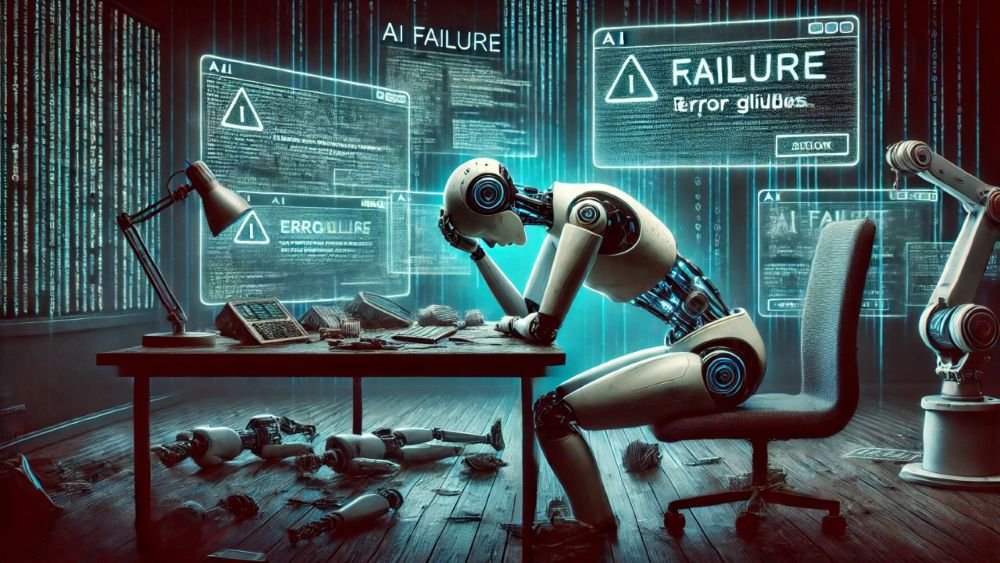Artificial intelligence (AI), once hailed as capitalism’s new golden goose, is increasingly showing signs of being more hype than substance. Generative AI was expected to revolutionize industries—writing emails, reinventing customer service, and even reshaping entire economies. But as 2026 approaches, the much-vaunted promise appears to be faltering.
A new study from the Massachusetts Institute of Technology (MIT) has revealed that 95% of enterprise AI pilot projects fail to deliver meaningful revenue impact. Despite the frenzy around adoption, only about 5% of corporate AI initiatives have shown measurable improvements to company earnings.
Analysts point out that Silicon Valley’s hype cycle moves faster than genuine product-market fit. Tech giants such as OpenAI, Google, and Anthropic release new models at breakneck speed, prompting companies to scramble for integration. Roadmaps are rewritten, budgets are shifted, and executives announce ambitious “AI pivots.” Yet in most cases, the results are underwhelming—busy dashboards with little effect on the bottom line.
Interestingly, firms that purchase specialized AI tools are finding greater success. According to the study, they are twice as likely to achieve positive results compared to businesses attempting to build their own systems. However, many CEOs remain committed to in-house development, leading to costly projects stuck in endless beta phases. By the time a system is functional, newer models from providers like ChatGPT have already rendered them outdated.
Another concern is how AI budgets are being spent. Instead of prioritizing areas with strong return on investment, such as back-office automation and operational streamlining, many companies are directing funds toward sales and marketing gimmicks—AI-written emails, pitch decks, and lead generators. While these may appear innovative, they often fail to generate significant financial returns.
The situation has revived a recurring question: is artificial intelligence a bubble? OpenAI CEO Sam Altman recently acknowledged that it is—but with a twist. He described it as “a bubble built around a kernel of truth.” This echoes the dot-com boom of the late 1990s and early 2000s, when billions were invested in internet startups. While many collapsed, the survivors—Amazon, Google, and eBay—emerged as global giants.
Today’s AI cycle bears striking similarities. Trillions of dollars are being poured into data centers and startups, and nearly every corporate strategy now touts AI integration. Yet, the gap between investor expectations and real-world adoption is widening, fueling the bubble dynamic.
OpenAI itself illustrates the challenge. Despite leading the AI revolution, the company is not yet profitable. Experts argue this is a warning sign that the industry, while transformative, is still struggling to find sustainable business models.
For now, the AI bubble has not burst. But as history has shown, stretched bubbles rarely deflate politely. The coming years will reveal whether AI can move beyond the hype to deliver on its revolutionary promise.



